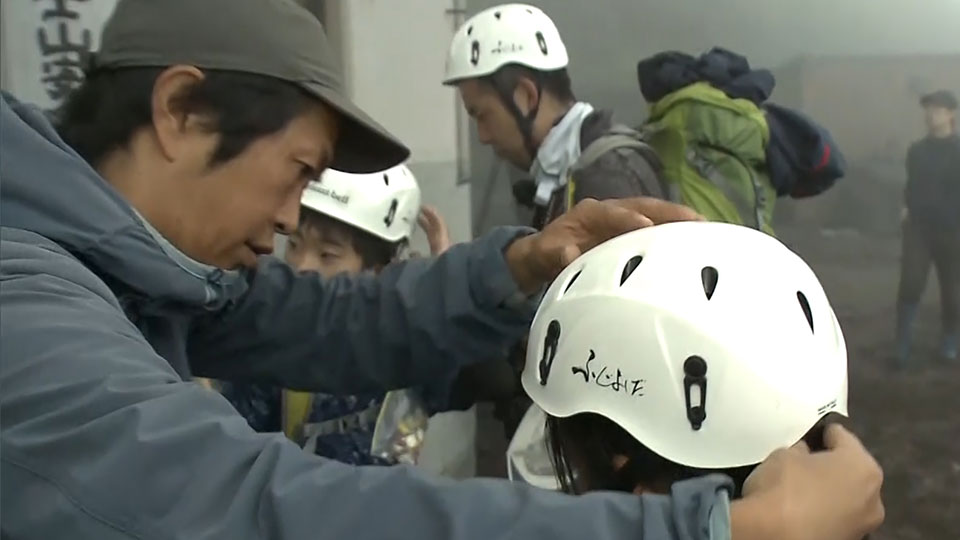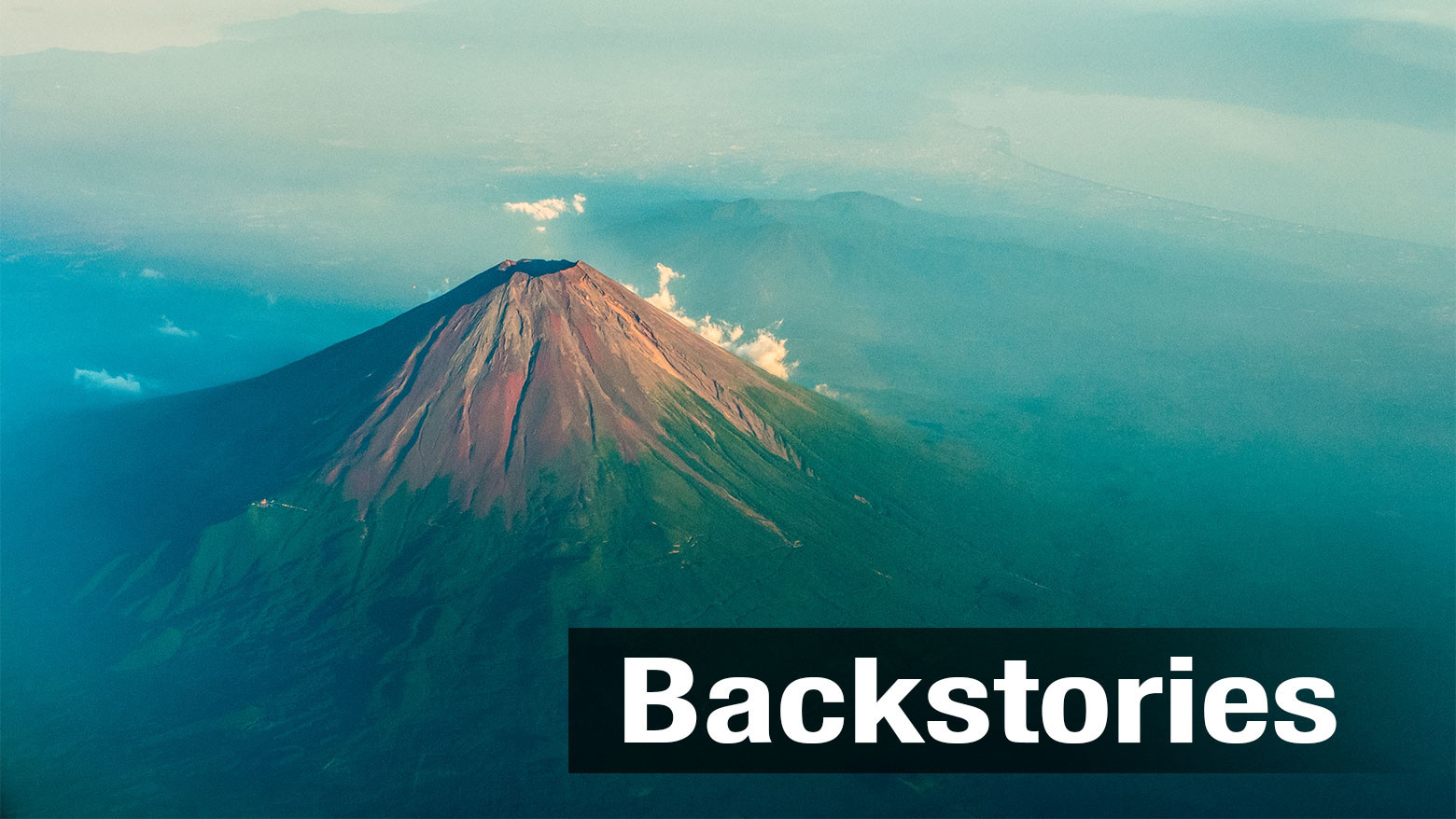The mountain climbing guidance center at the sixth station on the Yamanashi Prefecture side trail lends safety helmets free of charge. The center says the helmets are vital to ensuring a safe climb. After the accident was reported on Monday, it loaned more than 100. It lends around 30 on an average weekday.

Guides say that all climbers should be aware that Fuji is structurally prone to falling rocks. Any movement can disturb the mountain's surface structure. Even a relatively small stone can reach fatal speeds as it hurtles down a slope.
Falling rocks are reported quite frequently at Fuji. Three years ago, boulders up to three meters in width fell in front of climbers. In 1980, accidents related to falling rocks claimed the lives of 12 people.
What can climbers do to protect themselves? Fuji guides say visitors should always be aware of whether there are climbers ahead of them. They also say it is imperative to constantly observe the geological features of their surroundings.
The guides say climbers often inadvertently kick stones along the trails. They say visitors should always walk on the mountainside path, which is closer to the body of the mountain. Using the valley side path, which is closer to the edge, has the risk of causing falling rocks.
Another issue is the rising number of visitors. Six years ago, Fuji was designated a UNESCO World Heritage site. Since then, increasing numbers of people have been visiting from overseas. This has created the challenge of ensuring the safety of large numbers of people who do not have the experience needed to climb such a high mountain. Many visitors show up wearing T-shirts and shorts.
Officials urge visitors to always be fully prepared as falling rocks can happen at any time on any mountain.
For more information, please visit: www.fujisan-climb.jp/en/index.html

